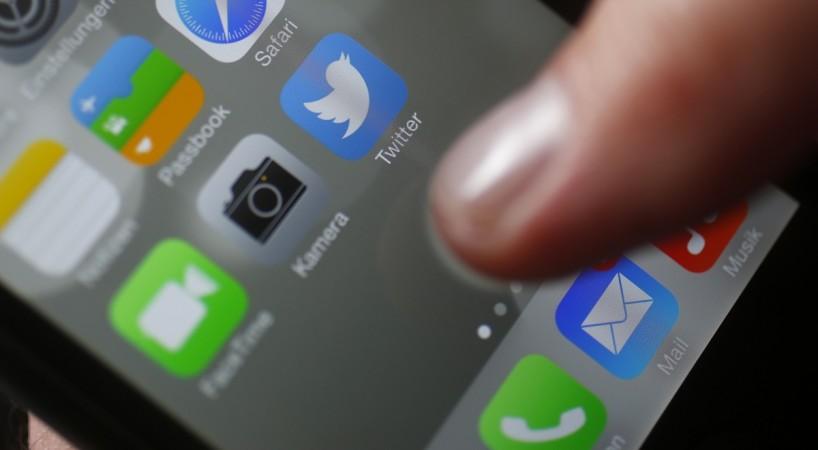
Global mobile app revenue is expected to nearly double to $101 billion in the next four years, with the largest contribution coming from gaming apps, mobile app research firm App Annie revealed in the latest mobile app forecast. The market analysis report also forecasts that the app downloads will more than double by 2020 to 284 billion, with the large scale growth from developing countries, such as India.
According to App Annie's latest report, global app downloads are expected to grow at 33 percent to reach 147.3 billion by the end of 2016. China will continue to remain a key player in the contribution of maximum downloads during the forecast period, while app downloads from India will soar.
"The combination of steady growth in many mature markets along with rapid growth in emerging markets will propel the market's continued expansion," Danielle Levitas, senior vice president at research and analysis arm at App Annie, wrote in the official blog. "While large markets including the United States, Japan and China are central to overall app revenue growth, we see tremendous opportunity in fast-growing markets from India and Indonesia to Mexico and Argentina."
App Annie data also revealed platform-wise app downloads and found that iOS will continue to dominate the marketplace in revenues earned from paid game apps and in-app purchases. However, Google Play Store downloads will surpass iOS app downloads by reaching 166 billion against 35.2 billion Apple App Store downloads by 2020. In terms of revenue, Android app stores, including third-party stores and official Google Play Store, will exceed Apple by 2017, the report adds.
The research analysis also forecasts the app usage to continue to increase as users spend more time on apps for social networking, shopping, transportation and business than on the Web. App usage in the last two years has increased 63 percent.
The main factors contributing towards the growth of mobile apps is the rapid adoption of smartphones in emerging markets and increased dependency in established markets as well as introduction of new product categories such as wearables, smart TVs, VR, AR, Internet of Things (IoT) and automobiles.

















